Research Topics and Methods
T-SECTOR aims to introduce a new time dimension to ocean ridge studies, testing the hypothesis that climate (glacial cycles, resulting in sea level changes) influences mid-ocean-ridge volcanism. The project will create high-resolution time series over ≥1.5 Ma of variations in 1) crustal thickness and seafloor morphology, 2) hydrothermal activity through analyses of metal compositions of marine sediments, and 3) the composition of mid-ocean ridge basalts (MORBs) through the analyses of sediment-hosted-glass shards (SHGs) and lavas obtained through seabed drilling, dredging and wax coring. Time series sampling of MORB chemistry, hydrothermalism and geophysical properties is obtained by sampling off-axis profiles along the direction of ocean crust accretion. The time series will be evaluated to see if there are systematic correlations between sea level and melting processes, hydrothermal activity and seafloor morphology and crustal thickness. These methods, once validated, could be applied to other seafloor spreading systems, transforming our understanding of seafloor processes and mantle heterogeneity.
Find out more about each research topic:
Geophysics: Bathymetry & Crustal Thickness - Prof. Heidrun Kopp
Paleo-Oceanography & Hydrothermalism - Prof. Martin Frank
Compositional variations of sediment-hosted MORB glass shards and the underlying basement lavas
Igneous Petrology of MORB Glass Shards - Prof. Charles Langmuir
Isotope Geochemistry of MORB Glass Shards - Prof. Kaj Hoernle
Geophysics: Bathymetry & Crustal Thickness
PI: Prof. Heidrun Kopp
Objective: Time Series of Crustal Thickness Variations (Geophysical Surveys)
This project component focuses on the detection of fluctuations in oceanic crust thickness over climatic time periodsusing high-resolution geophysical methods. Acoustic methods will determine the depth of the oceanic basement and crust-mantle boundary, while magnetic data will be used to determine the age of the crust and thus relate sea level changes to crustal thickness variation High-resolution athymetric data recorded by ship-based systems, will be compared with the crustal thickness variations to determine a possible correlation with the seafloor topography and the abyssal hill frabric of the ocean floor.
Crustal thickness variations are revealed by refraction seismic data recorded on ocean bottom seismometers deployed at a dense instrument spacing of less than 500 m. Reflections from the crust-mantle boundary (Moho), crustal arrivals and deeper mantle phases are used in a full-waveform inversion to obtain information about the Moho topography. Seismic reflection and Parasound data will constrain the sediment thickness and crustal basement.
Work Plan
Refraction seismic travel times will be used for 2D tomography, including reflection seismic information on shallow reflectors. Refracted and wide-angle reflected travel times will be simultaneously inverted to obtain detailed 2D seismic velocity models of the subsurface down to the Moho and uppermost mantle for P- and S-waves. Enhanced statistical approaches will be used to highlight Moho-undulations. Velocity-density conversion will yield an initial density model, which will be refined until the model response fits the measured free-air anomaly, registered by the ship-based gravimeter. The high-resolution P- / S-wave velocity and density models also serve as input for an elastic full wave-form inversion (FWI) approach to further refine velocity models. The bathymetry survey, magnetic data and resulting age models will be incorporated into the detailed velocity models in order to arrive at geological interpretations of the geophysical results.
Paleo-Oceanography & Hydrothermalism
PI: Prof. Martin Frank
Objective: Time Series of Hydrothermal Activity
This part of the project aims to reconstruct past changes in hydrothermal activity and their reflection in the geochemical composition of sediments near mid-ocean ridges. Variations in melt production are expected to result in changes in hydrothermal activity recorded by the variations in the deposition of metals such as Fe, Mn, Cu, Pb, and in near-ridge sediments. Studies on ridges with different spreading rates have suggested that peak hydrothermal inputs predominantly occurred during glacial terminations and sea-level lowstands that were accompanied by delayed melt migration.
To clearly identify hydrothermal influences, the project will analyze radiogenic lead (Pb) and neodymium (Nd) isotope compositions of the sea-water derived authigenic fraction of sediments. While both isotope systems are affected by changes in deep ocean circulation, only Pb isotopes are considered reliable indicators of hydrothermal contributions that do not respond significantly to changes in redox conditions and have distinct values near hydrothermal sources. In contrast, Nd isotopes are unaffected by hydrothermal inputs and instead allow isolation of the effects of changes in deep water circulation in the Pb isotope records. The project aims to reconstruct the evolution of hydrothermal inputs over time by integrating these isotope records with sedimentary hydrothermal metal concentrations and fluxes.
Collecting Sediment Profiles
To analyze changes in hydrothermal activity and MORB glass composition, sediment cores will be taken at selected Mid-Ocean Ridge (MOR) segments using systematic gravity and multi-coring along profiles perpendicular to the ridge. Cores are spaced to cover intervals of approximately 50,000 years, with precise locations determined through seismic and bathymetric surveys.
Establishing Age Models for Sediment Cores
Age models are created through core correlation, alongside absolute and relative dating. Physical properties and color measurements are recorded immediately after core retrieval, while X-ray fluorescence scans aid in core correlation. This comprehensive data enables a continuous sediment time series above the basaltic basement.
Reconstructing Hydrothermal Activity
Using metal contents and isotope analyses (e.g., lead and neodymium isotopes), we reconstruct hydrothermal activity patterns over time. These data help understand how hydrothermal inputs and bottom water circulation impacted the sediment composition.
Work Plan
All cores undergo detailed logging and scanning to develop precise chronological frameworks. Selected reference cores will be dated using oxygen isotope stratigraphy and radiocarbon dating. These time series provide valuable insights into the relationships between sea level, water chemistry, and hydrothermal and magmatic processes at Mid-Ocean Ridges.
Compositional variations of sediment-hosted MORB glass shards and the underlying basement lavas
PI: Prof. Kaj Hoernle & Prof. Charles Langmuir
The major aim of this subproject is to acquire a high-resolution time series of mid-ocean-ridge basalt (MORB) composition from the present to ~1.5Ma at slow-, intermediate- and fast-spreading ridges. The major and trace element and radiogenic isotope time series of sediment-hosted-glass shards (SHGs) will be compared with the d18O of the host sediments, in order to evaluate the influence of glacially induced sea-level changes on magma chemistry and melting dynamics. In general, fresh glass is the best carrier of unbiased melt (lava) chemistry. A 0-1.5Ma time series will be obtained by systematic off-axis gravity coring (GC) of the sediment strata overlying the MORB lava series.It has been shown that SHGs are present in the lowermost portion of such sediment cores and in some cases basement fragments with attached glass. The SHGs are thought to record eruptions at the spreading center when the coring location was off-axis but within reach of glass dispersion originating from the nearby MOR. The age of SHGs will be constrained by the established age models for the sediments as described above. The SHG sequences at the base of each core, which become older down core and with increasing distance from the MOR, will be combined using sediment ages and overlapping parts of sediment/glass shard sequences to achieve a continuous geochemical time series of MOR activity.
In addition to reconstructing time series of SHGs, we also plan to sample in situ basement directly by wax coring and seabed drilling. Samples obtained from the ridge axis by wax coring will provide recent glass to establish a zero-age base line. Basalt chunks from the core catcher of the GC with possibly attached fresh glass will also be used to constrain the MORB chemistry, when the sample location was part of the newly formed MOR crust. Finally, we will dredge off-axis seamounts to constrain better the composition of enriched components upwelling beneath the MOR.
Seabed drilling can penetrate and core the basaltic basement reaching depths of up to ~50m below the seafloor. Whereas the SHGs record MOR lava eruptions after formation of the basement at a given location, drilling into the basement at that location will extend the time series further into the past. A fundamental question that can only be addressed by our planned combination of drilling and coring is whether the lavas sampled by drilling show a similar geochemical time series as the corresponding SHGs located on basement further from the spreading axis.
Igneous Petrology of MORB Glass Shards
Prof. Charles Langmuir
Objective: Analyzing Major and Trace Elements in a 1.5 Ma MORB Glass Time Series
Sampling and Analysis:
To construct the time series, each core will be sampled every 2 cm, with multiple glass fragments extracted from each section. Individual glass shards will be analysed with laser ablation ICP-MS for their major and trace element composition.
Work Plan:
The new ICP-MS has been delivered, installed and calibrated. Samples from the first cruise to the Reykjanes Ridge are being analyzed for major and trace elements to assess variations in MORB chemistry at the ridge and to assess variations in degree of melting in combination with isotopic studies to evaluate source variations as outlined below. The sediment stratigraphy studies will establish the timeline for these compositional changes, and comparisons with sediment compositions will help identify links to hydrothermal activity over time.
Isotope Geochemistry of MORB Glass Shards
PI: Prof. Kaj Hoernle
Objective: Radiogenic Isotope Variations in a 1.5 Ma MORB Time Series
Radiogenic isotope ratios of Sr, Nd, Pb and Hf trace the long-term evolution of melt sources. In contrast to elemental concentrations and ratios, isotope ratios are not fractionated at high temperatures such as partial melting and crystallization and thus provide information about the sources contributing to the melts. It is essential to establish if melts (glasses) with differing major and trace element compositions were derived from a homogeneous or heterogeneous source, in order to assess variations in differentiation and melting.
Sr-Nd-Pb-Hf isotope analysis will be carried out on fresh glass (or rock) from wax core, gravity core and drill samples. Despite the depleted composition MORB, high precision analyses are essential to resolve minute variations in radiogenic isotopic ratios necessary to resolve the expected small differences in 1.5Ma time series of MORB. Since the analyses cannot be achieved with laser ablation isotope ratio measurements, high precision radiogenic isotope analyses of SHGs will rely on bulk analysis of a few mg of pooled glass. Compositionally homogenous glass intervals will be pooled to retrieve the necessary number of shards (depending on size/weight) to carry out high-precision analyses.
Tackling isotope analyses of very small amounts of MORB glass requires: 1) ultimate low total chemistry blanks, 2) high-purity and high-yield chemistry, and 3) low standard measurement errors. Our new NEOMATM MC-ICPMS (with an amplifier box of up to 24 slots for any combination of 10^11Ω and 10^13Ω amplifiers) enables high-precision isotope ratio analyses in the expected 1-10 ppb (1-10ng/ml) concentration range and is thus key for radiogenic isotope analysis of SHGs. In addition, our new quadrupole ICPMS (iCAPTM TQ ICPMS) provides accurate and fast elemental concentration analysis. It is used to assure proper sample dilution prior to MC-ICPMS analysis, calibrate chemistry and compare the full element spectra (Li to U) of pooled SHG’s dissolutions with the LA-ICPMS data of single SHG’s from the same core interval.
The following steps characterize the general approach which of course overlap temporarily:
- Downscale Sr-Nd-Pb-Hf chemistry to 5-10mg glass shards using available in-house MORB glasses. A new metal-free clean room facility is available since 11/2024. Analyses of Reykjanes ridge samples are also being carried out (2024-2025).
- Setup analytical protocols for solution trace element concentration analysis on the iCAP-TQ (2025).
- Setup analytical protocols on the Neoma MC-ICPMS for high precision Sr-Nd-Pb-Hf isotope ratio analysis on 1 to 10 ppb solutions (2025)
- Analyse time series of MORB Sr-Nd-Pb-Hf isotopes on pooled SHG’s of homogenous SHG intervals along with zero age MORB, off-axis volcanic structures and tephra layers from the cores. In SHG sections with variable major and trace element chemistry Sr isotope analysis will be run on single glass shards (2025 – 2028).
- Evaluate radiogenic isotope data set in terms of temporal variability, correlations with major and trace element chemistry and igneous processes that explain the petrological observation (2026-2029)
- Reach out for synergy between petrological constraints and the temporal variability of hydrothermalism and crustal thickness studies with the ultimate aim to eventually decipher glacially induced sea-level as cause (2027 – 2029).
Objective: Volcanological Study of Glass Shards and Discrete Ash Layers
A detailed high-resolution study of dispersed glass shards (cryptotephra) in the sediments on top of the basalts will be carried out on selected cores in order to determine the processes and mechanisms by which the glass fragments were formed, their lateral distribution and unravel temporal changes in shard size, shape, vesicle content, degree of rounding and volatile content. These data will test if the eruption style varies systematically with glacial cycles.
Workplan
The samples will be petrographically studied for their grain-size distribution and glass-shard and bubble shapes in 2D using a scanning electron microscope (SEM) and for volatile contents by electron microprobe (EMP) and FTIR. For tephra layers in particular, quantitative morphological analysis will be applied so that eruptive processes can be characterized. Melt inclusions in plagioclase and olivine phenocrysts, if present, will be analyzed for composition and volatile contents.
In summary, we provide a stratigraphically controlled dataset of a) changing parameters in glass size, shape and compositional abundance, b) bubble shapes, c) volatile contents, and d) tephra marker horizons, identifying and correlating all eruptive events, respective eruptive products, and their processes of origin, within a transect from proximal to distal coring locations.



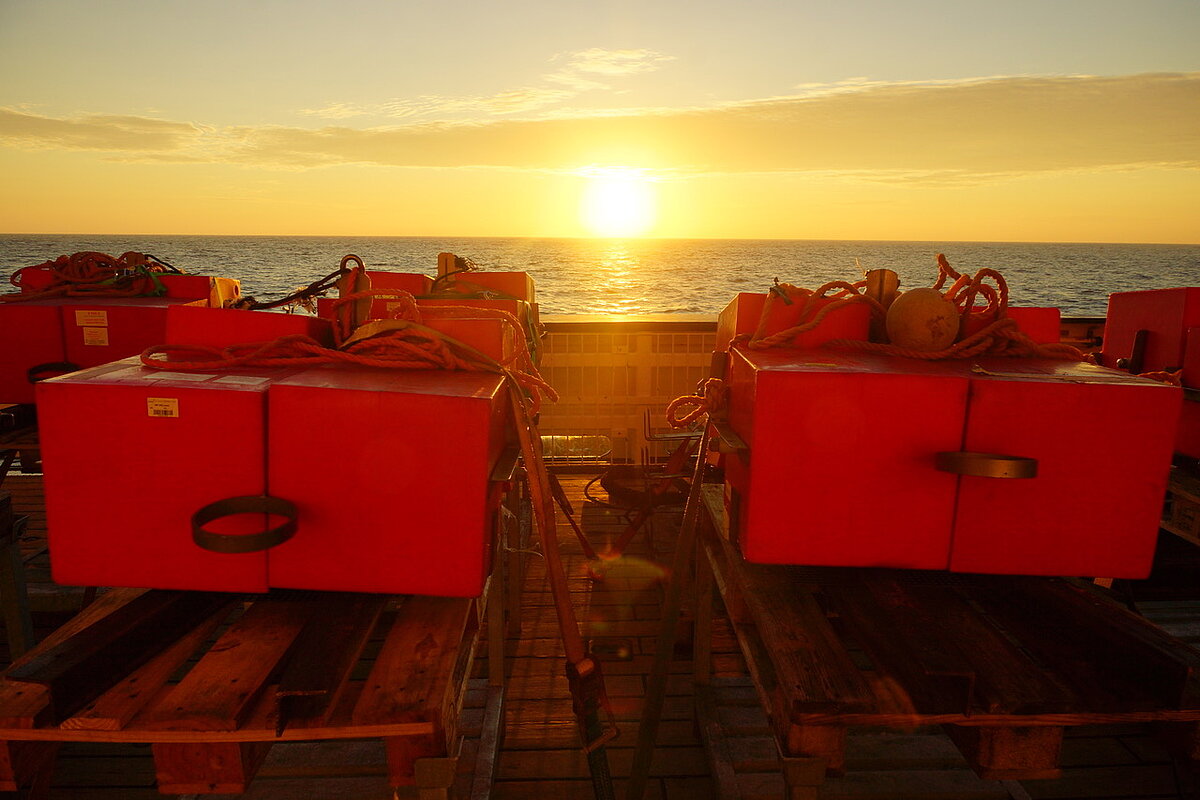
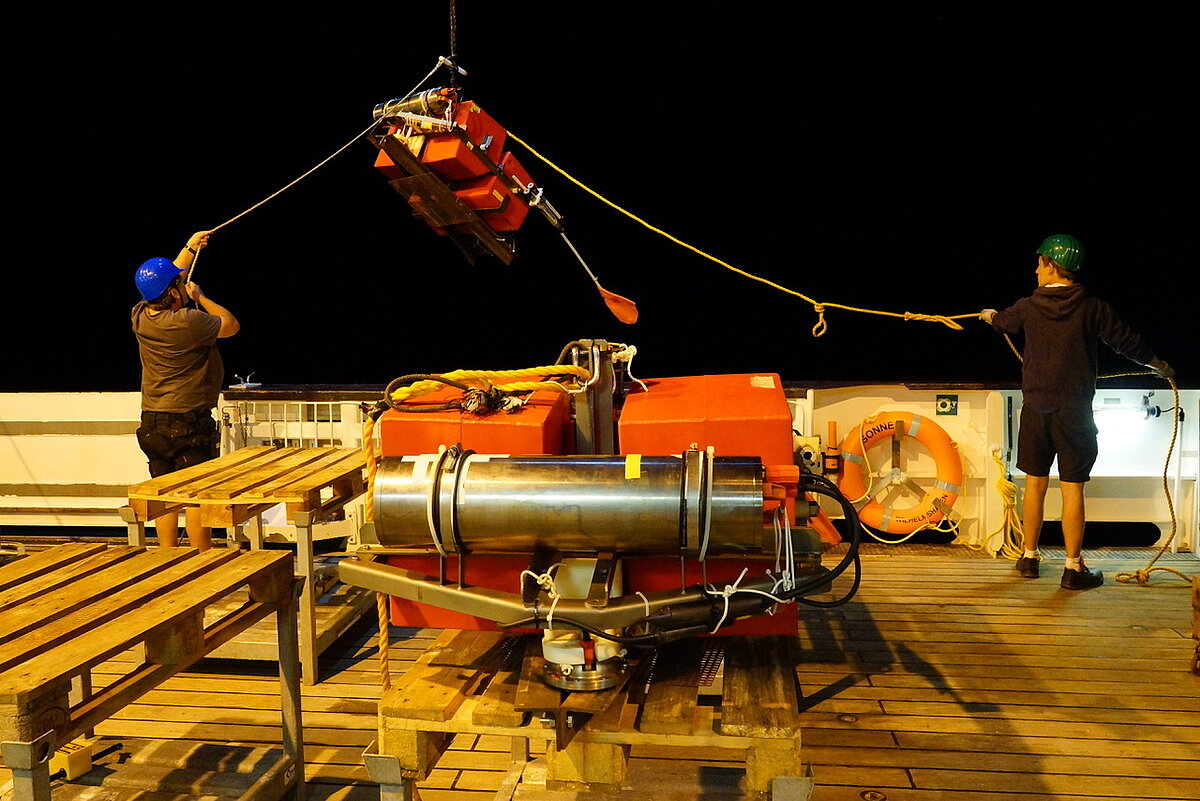

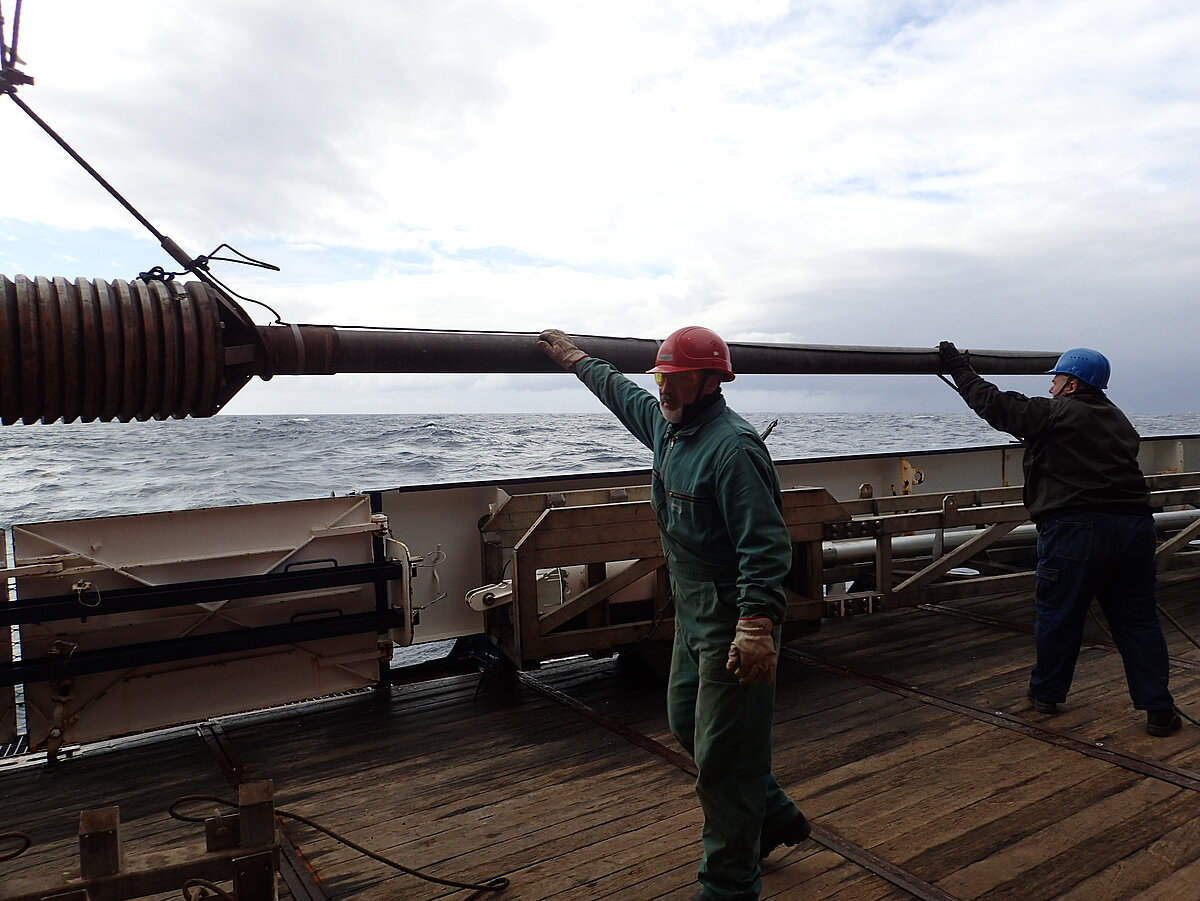
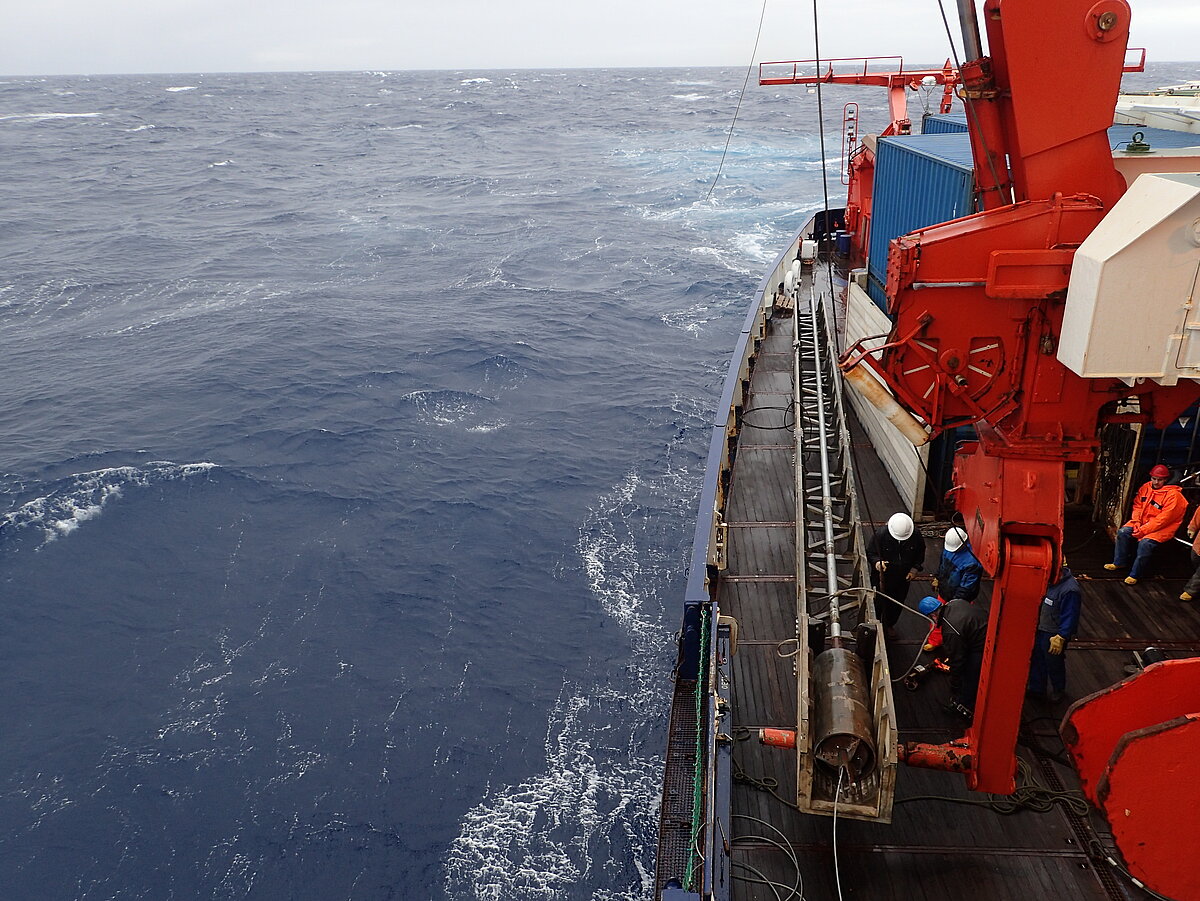
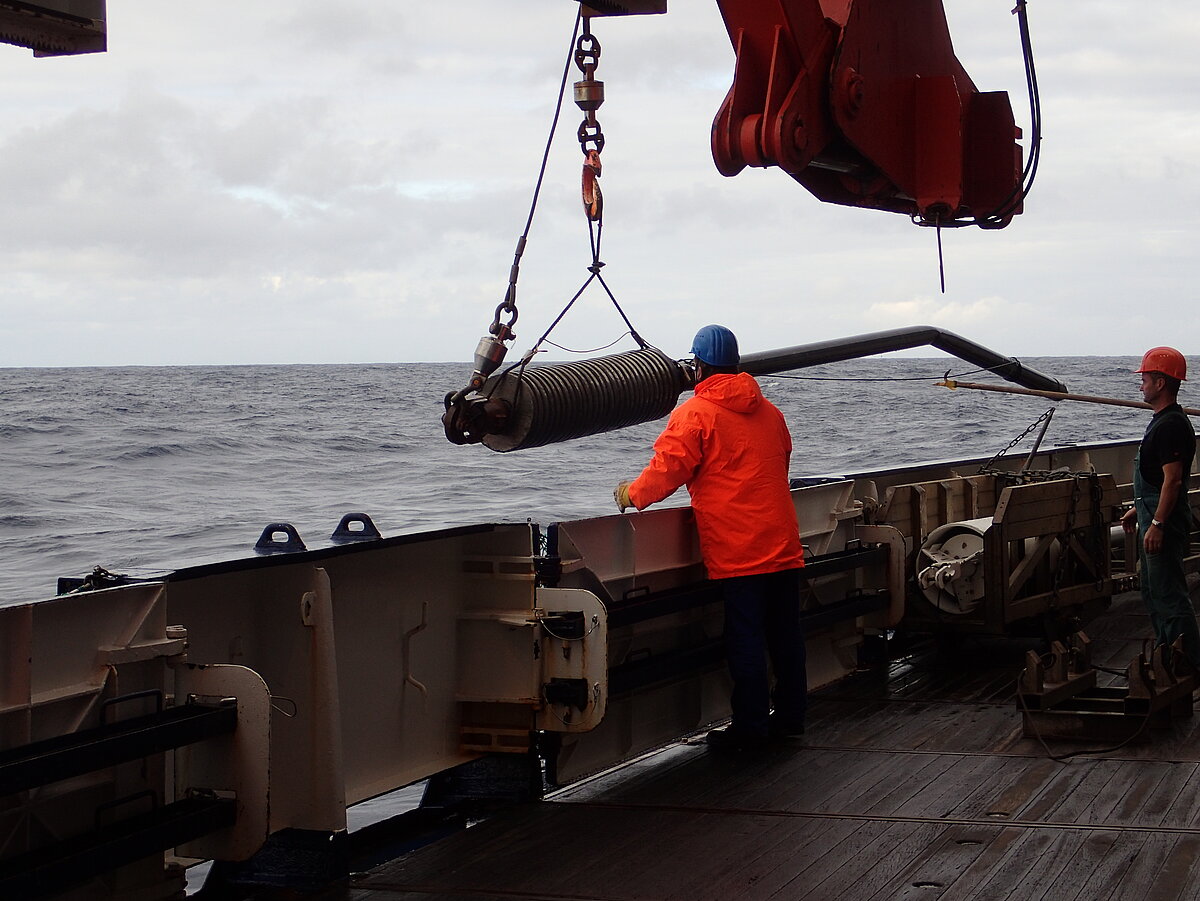

![Representative glasses from the Alarcon Rise spreading center, Gulf of California (from Clague et al. [15]). Scale bars are 1mm. Complete chemical analysis requires only 50m, permitting analysis of the entire glass assemblage](/fileadmin/_processed_/5/f/csm_Representative_glasses_from_the_Alarcon_Rise_spreading_center__Gulf_of_California__from_Clague_et_al.__15__._Scale_bars_are_1mm._54238f6d24.jpg)

